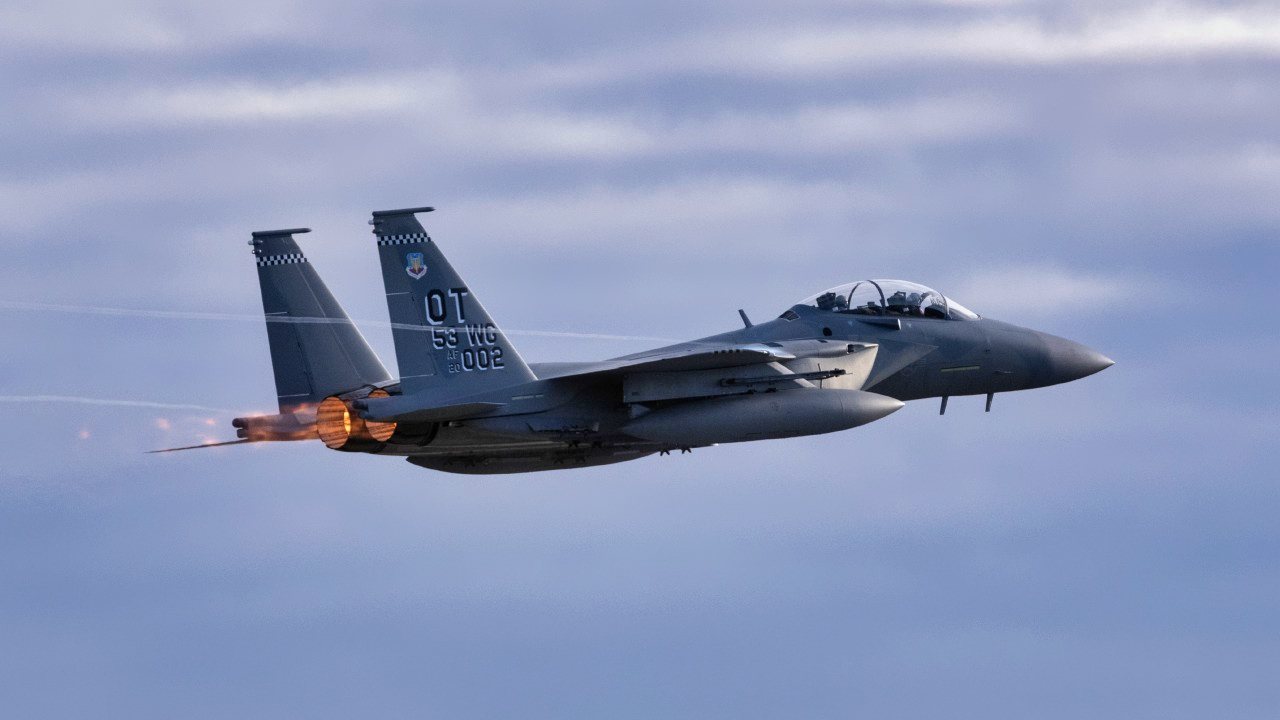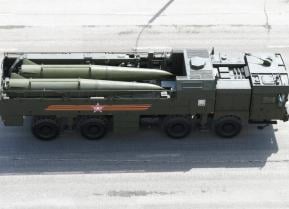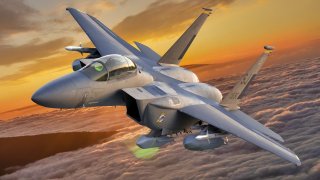Boeing F-15EX Eagle II: A 'New' Fighter Jet That Is Just All Hype?
With all that thrust available, the F-15EX will have a top speed of 1,650 miles per hour, which is better than Mach 2.5. The jet’s combat range will be 687 nautical miles and the service ceiling should be upwards of 60,000 feet.
The F-15 is a fourth-generation jet, first flown in the 1970s, that remains relevant today. How, despite constant research and development into aerospace technology, and despite the decades-ago premier of fifth generation technology, has the F-15 remained relevant? By updating – most recently with the F-15EX variant, which should keep the F-15 in service for the foreseeable future.
What is the F-15EX?
According to Boeing, the F-15EX’s manufacturer, “the F-15EX is a ready-now replacement for the F-15C that includes best-in-class payload, range and speed. Designed to deliver value to the U.S. Air Force, ,the F-15EX will be a backbone fighter for the service – not just today, but for the next several decades.”
So, Boeing’s description of their updated F-15 is pretty vague and clearly meant to advertise rather than educate.
But the corporate garble does offer some insights. First, the F-15EX is a replacement for the F-15C, rather than the F-15E (as one might expect given the EX-designation). Yet, the F-15EX is derivative of the F-15E, rather than the F-15C. Building from the F-15E makes sense as the E-variant, or Strike Eagle, is an all-weather, multirole fighter capable of performing air-to-ground strikes. The C-variant, on the other hand, is purely an air superiority fighter, designed in the Cold War era, when single-function fighters were a permissible expenditure.
Now, however, in the relatively fiscally constrained post-Cold War era, US taxpayers expect their fighter jets to be able to perform multiple functions.
Also, Boeing’s description boasts that the F-15EX will be around for several decades. That’s debatable, given the furious rate of aerospace technology development. That would mean the F-15EX was still flying in the year 2100 or so.
It’s possible, especially if the F-15EX were exported to nations with less demanding aerospace needs (i.e., the air forces still flying 1950s-era tech today). But several decades is a bold prediction, especially considering China and Russia's advanced air defense networks that can shootdown fourth-generation fighters, even advances ones like the F-15EX.
The F-15EX’s specifications
The F-15EX will fly with a crew of either one or two. A pilot, of course. And potentially, a weapons systems officer (WSO). The jet will have a maximum takeoff weight of 81,000 pounds, meaning the F-15EX can carry plenty of ordnance and/or fuel.
Built around two General Electric F110-GE-129 afterburning turbofan engines, the F-15EX will have 17,155 x2 pounds of thrust dry and 29,500 x2 pounds of thrust with afterburners engaged. So, with afterburners, the F-15EX will have nearly 60,000 pounds of thrust. That is a lot of thrust for one jet. By comparison, the Redstone rocket, which launched Alan Shepherd’s Mercury capsule into space, had 78,000 pounds of thrust.

With all that thrust available, the F-15EX will have a top speed of 1,650 miles per hour, which is better than Mach 2.5. The jet’s combat range will be 687 nautical miles and the service ceiling should be upwards of 60,000 feet. The service ceiling isn’t as high as a U-2 or an SR-71, of course – jets built primarily to fly high and spy.
But the 60,000 ceiling is certainly high. And with the two F110 jet engines, the F-15EX will have no problem reaching its service ceiling; remarkably, the F-15EX will have a climb rate of 50,000 feet per minute.

Meaning that to fly from ground to 60,000 feet, the jet will need barely more than one minute. Along the way, the F-15 is rated to pull +9 G’s.
About the Author: Harrison Kass
Harrison Kass is a senior defense writer with over 1,000 articles published. An attorney, pilot, guitarist, and minor pro hockey player, Harrison joined the US Air Force as a Pilot Trainee but was medically discharged. Harrison holds a BA from Lake Forest College, a JD from the University of Oregon, and an MA from New York University. Harrison listens to Dokken.
Main Image is Shutterstock. All others are Creative Commons.


